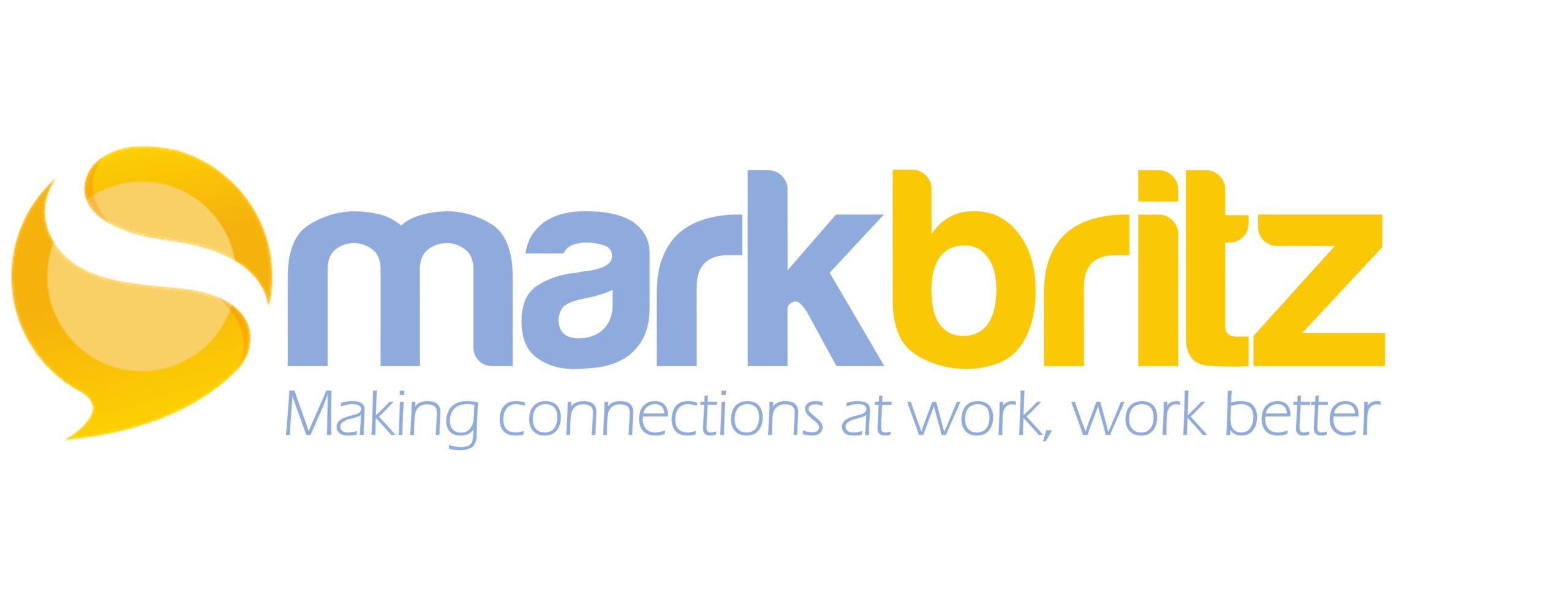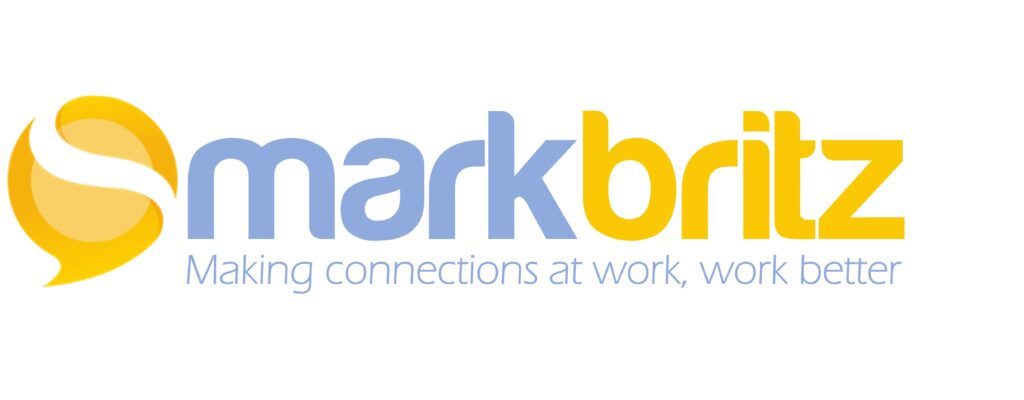James Tyer and I often find ourselves chatting on Twitter about our shared observations and ideas. One particular stream of though started to gel and we decided to formalize it some in a shared blog post (which was quite enjoyable) as an opportunity to extend the conversation. Let us know your thoughts.
There’s much talk of transforming HR, reimagining L&D, shaking up corp comms, disrupting marketing, “hacking” [insert your dept name here]. Transformation! Hacking! SEO buzzwords abound. LinkedIn feeds are full of it. Trade publications are recommending it. Armies of consultants are demanding it. Organizations are spending a fortune on it, yet once again nothing is fundamentally changing.
When “change” happens (and it can) it still happens within the department. This reveals our paradigm – the way our leaders see the structure of organizations – a last century, industrial era mindset. The result is a transformed department…that’s it. With the same problems, the same people – apart from the ones who were fired – the same leaders, the same titles. Really, nothing changes. It’s just the same old re-organization – not transformation.
A real transformation would see the end of these silos, an end to big departmental structures, decentralisation of power, a shift in authority, an end to the “business relationship manager”. For example, a real transformation of HR would likely result in no HR silo. Now that’s revolutionary!
Why do we do this over and over again? This time Amara’s law is particularly pertinent:
“We tend to overestimate the effect of a technology in the short run and underestimate the effect in the long run.” – Roy Amara
Short Run:
Leaders are sold on technology as a solution to big problems… big problems in their areas. But this isn’t transformation, it’s piecemeal modification. For example, in HR: people analytics, performance systems, another LMS, maybe even an ESN. IT are dumping every shiny tool they see onto employees in a bid to keep up with “being digital”. Comms (the marketing of four years ago) are obsessed with new “channels” to give employees more and more information. And it’s not a question of whether comms or HR or IT are well-intentioned; it’s whether they are willing to keep repeating the same mistakes.
All we’re doing is rearranging deck chairs on the Titanic.
Long Run:
Technology is changing product development and distribution, it’s changing political discourse, it’s changing the consumer landscape, and has the potential to continue transforming our physical landscape. Take for example this Greg Ferenstein article on Medium where he reveals a simulation that showed how vast amounts of urban land could be reclaimed and 90% of cars would disappear due to automated vehicles. Technology stands to reimage the globe, physically, socially, and politically like never before.
We are naive if we don’t think organizational structures can’t change. Or are we short sighted, comfortable in our paradigm so as to unconsciously impede the progress of digital transformation by holding tight to familiar structures. Our cautious human nature prevents us from embracing real change. If we could just get out of our own way and let go of our archaic reward structures, our traditional ideas about leadership, our inability to be truly open and transparent with our work. Could we harness technology to create the modern firm – one that actually benefits consumers, workers and shareholders alike? The answer is Yes – there are already companies doing just this!
What’s Next?
If you’re fed up with endless re-orgs, talk of “transformation”, talk of disruption with no compelling alternative vision to the current state of affairs, uninspired by leadership, and feel like you’re working Einstein’s world of insanity. What do we suggest for those of you who would like to get started?
Well, the kicker is, there’s nothing easy. And when you’re out there on your own talking about new ideas, it’s tough.
Frankly you can only transform yourself. You can only change your viewpoints, outlooks, beliefs, ideas, and work. The fortunes spent on changing organizations are wasted because those who spend the money don’t change – they just tell others to. Change is social. Change happens one conversation at a time as Euan Semple has said. Be bold and talk about new ideas. Build your networks of like-minded support across departments, not just your own. Here are some frameworks to help guide your first conversations. There are no formulas – no one-size fits all. You and your organization will need to be agile to adapt to circumstance. To create your own version of the networked organizations.
A few sites, books, articles, etc to get you started.
- Cluetrain Manifesto – http://www.cluetrain.com/
- What is Wirearchy by Jon Husband. http://wirearchy.com/what-is-wirearchy/
- Organize for Complexity – Niels Pflaeging
- A Leader’s Framework for Decision Making Cynefin – Dave Snowden
- Harold Jarche’s Blog
- Euan Semple’s Organizations Don’t Tweet, People Do
- Race Against the Machine – Andrew McAfee and Erik Brynjolfsson
- Show Your Work – Jane Bozarth

